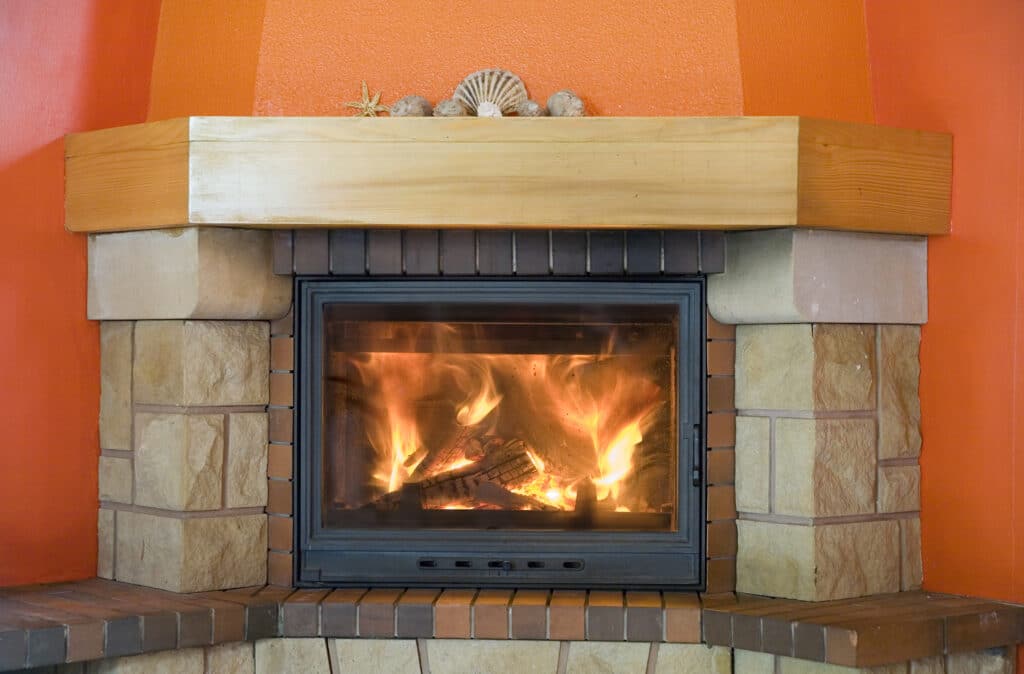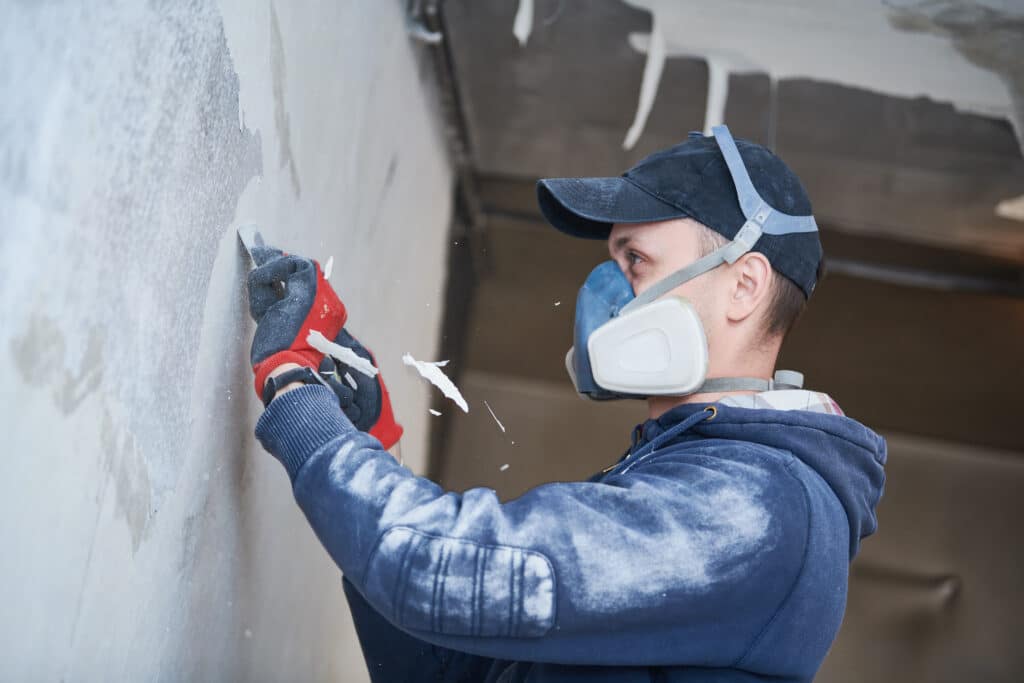In your everyday life, you encounter a variety of pollutants and contaminants that may pose significant risks to your health. One of the most underestimated threats is soot, a fine black powder that results from improper burning. While it might seem harmless, prolonged soot exposure can have severe health implications.

At Liberty Restoration, we want to ensure you are as safe as possible in your home. To do that, you need to understand how soot develops and the risks it can have on your health if it is left unaddressed. If you believe you have soot in your home, keep reading to see how we recommend you address this problem.
What is Soot?
Soot is a black, powdery, or flaky substance made up primarily of carbon, produced when organic materials burn in places where this is insufficient oxygen. It is formed when materials such as wood, coal, oil, or gas do not burn completely. Soot is composed of tiny particles, often running in size from a few nanometers to a few micrometers. These particles can be suspended in the air and can have a variety of detrimental effects on your health and home environment.

How Does Soot Form in Your Home
There are a variety of ways for soot to form in your home. One common cause of soot presence in your home is the burning of scented candles. While scented candles are a great way to enhance the coziness of your home, they aren’t always the best at burning, leaving black marks on the surrounding furniture.
Other causes of soot development in your home include your furnace or fireplace. Poor airflow can make it difficult for carbon to burn cleanly, leaving you with soot in your home. Some homeowners may mistake soot in their homes for mold due to their similar coloring. To determine if you have soot in your home, there are a few things you should look out for. The most common signs that you are dealing with soot include:
- Damage near an electrical outlet
- Staining near candles, fireplaces, and other combustible materials
- Damage at the bottom of a door
- Dark stains near walls that could be affected by a heating system
Health Risks of Soot Exposure
Whether you are exposed to soot in your home or workplace, there are many health risks associated with this prolonged exposure. Some of the most common health risks associated with soot exposure include the following:
1. Respiratory Problems
Soot particles are small enough to reach the deepest parts of your lungs. Once inhaled, they can cause or exacerbate respiratory problems such as asthma, bronchitis, and chronic obstructive pulmonary disease (COPD). Individuals with pre-existing respiratory conditions are especially vulnerable to these adverse effects of soot exposure.
2. Cardiovascular Problems
Scientists have recently begun to connect airborne soot exposure to exacerbated cardiovascular problems. Fine soot particles can enter the bloodstream, leading to increased inflammation and increasing the chance of a heart attack, stroke, and other cardiovascular diseases.

3. Cancer Risk
The International Agency for Research on Cancer has classified soot as a group 1 known human carcinogen. This means that they have found a direct link between prolonged exposure to soot and an increased risk of cancer development. The National Cancer Institute has linked this soot exposure to higher risks of developing skin, bladder, lung, esophageal, and bladder cancers.
4. Neurological Risks
Recent studies of older adults have found a link between soot exposure and a variety of neurological conditions. Fine particles can enter the bloodstream, potentially reaching the brain and contributing to cognitive decline. Some studies have even found a link between soot exposure and the development of Alzheimer’s and Parkinson’s Disease.
Reducing Soot Exposure
There are several ways to prevent soot exposure in your home, and many of them include planning ahead of time to prevent this from happening in the first place. One great way to prevent soot exposure is by installing appropriate fire safety measures. These can include having a readily accessible fire extinguisher or installing a fire sprinkler system.
When it comes to preventing soot from smaller sources like candles, it is important to trim candle wicks to prevent excess heat. You should also schedule regular maintenance of your home’s furnace and kitchen appliances to ensure they are in good working condition.
Can You Clean Soot on Your Own?
While there are certainly some soot stains you can clean on your own, it is important to understand when cleaning this may lead to extreme soot exposure and become detrimental to your health. Small soot stains, such as those caused by a burning candle, may be wiped up with a small cloth and some rubbing alcohol.
However, if you have soot in your home from larger fires, it is best to reach out to a team of professionals for fire restoration services. With professional cleaning agents and tools, they can quickly address the soot to reduce your risk of soot exposure. They may also find soot in places you might miss and prevent damage from soot becoming worse.

Addressing Soot Exposure with Liberty Restoration
If you have soot in your home, you should reach out to a professional for help as soon as possible to help prevent the development of health problems. Our team at Liberty Restoration has helped homeowners across Utah remove soot from their homes for years, and we’re confident that we can quickly and easily remove it from your home as well.
In addition to our fire restoration services, our team provides homeowners with mold remediation, asbestos abatement, and much more. If you have soot in your home and would like to schedule fire restoration services, don’t hesitate to reach out to our team today.
